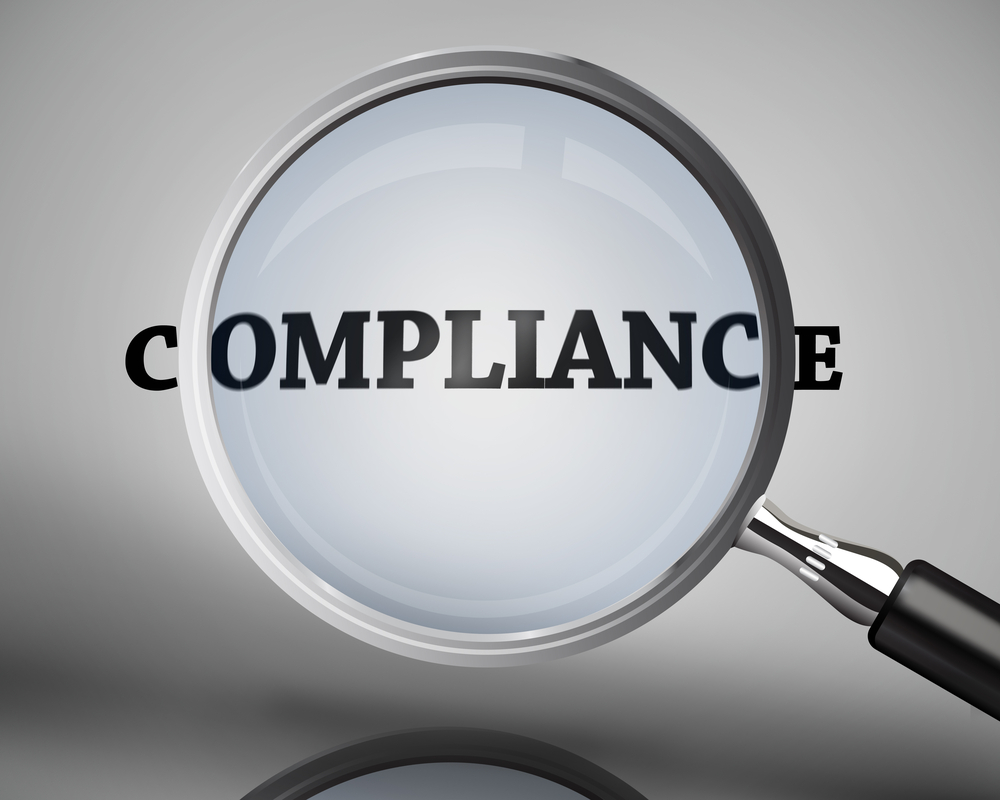
Businesses may be surprised to see an OSHA inspector at their door, as inspections are generally unannounced, but there's no reason to be surprised about what will happen next. There are three stages to an OSHA inspection. This is what you should expect:
Opening Conference
By the time the compliance officer arrives, he or she has already conducted extensive research on your operation and facility. They've examined your inspection history and gathered the safety gear and tools required to conduct the inspection.
When the inspectors arrive, they will present their credentials (including a photograph and a serial number). Though you do reserve the right to refuse an inspection, all you're really doing is buying time and making yourself look suspicious. OSHA will get a warrant to search your facility and they will anticipate your refusal in the future and likely obtain a warrant in advance of all future inspections.
After the presentation of credentials, the Opening Conference begins. This is when you'll learn why you're being inspected. There are six elements that may have triggered the inspection:
- Imminent Danger: OSHA was informed of a situation that could, at any moment, cause injury or death.
- Severe Injury and Illness: Your organization recently reported an injury, illness, or death.
- Worker Complaints: Your employees, who may remain anonymous, reported hazardous conditions or clear OSHA violations in their working environment.
- Referrals: Another federal, state, or local agency or organization, an individual, or the media, suggested that your workplace be inspected.
- Targeted Inspections: You're part of a high-hazard industry, or your specific workplace typically has a high rate of illness or injury.
- Follow-Up Inspections: These are typically not such a surprise. They occur after an initial inspection to check for abatement of previously-cited violations.
The inspector will describe the inspection process and you'll be permitted to choose a representative to walk with the inspector through the facility. This person should not attempt to interfere with the inspection, no matter what he or she knows or thinks will be discovered. Inspectors may ask questions of your employees, though they will always strive to limit interference with your team's work tasks.
Walkaround
This is the actual inspection. Not only will the compliance officers look for hazards in the workplace, they will also examine your records and ensure you've posted the official OSHA poster and all necessary literature about safety and potential hazards of the materials employees may be exposed to. Though the inspector will focus on the specific area or hazard that triggered the inspection in the first place, additional violations may be cited.
The company representative should take careful notes of what the inspector finds. If the inspector takes photographs or samples, the representative should, too. Trade secrets should be noted as such, as inspectors must protect them.
Some identified hazards may be easy to correct. It's a good idea to take immediate action on these hazards as a sign of good faith.
Closing Conference
The inspector will discuss his or her findings, make note of citations and proposed penalties and suggest a plan for correction—which may include OSHA consultation services. You may make suggestions about how long it will take to complete the corrective actions and why.
Formal citations must be issued within six months. They will include the penalty and the abatement period—the time frame in which you must eliminate the hazard. If you choose to contest the penalty, you must give OSHA written notice within 15 days.
OSHA isn't trying to trip you up: they're trying to protect workers. They're hoping they won't find any violations. By keeping your workplace safe, you have nothing to fear from an OSHA inspection.
Resources to Make the Safety Job Easier
Make it easier on yourself with the Audit and Inspection, Incident Management, Observation, Safety Meeting and Corrective Action software you need to identify potential hazards, keep accurate thorough records and make timely corrective actions.
To learn more schedule a 20 minute introductory call consultation.
**** If you found the article helpful, please like and share *****

